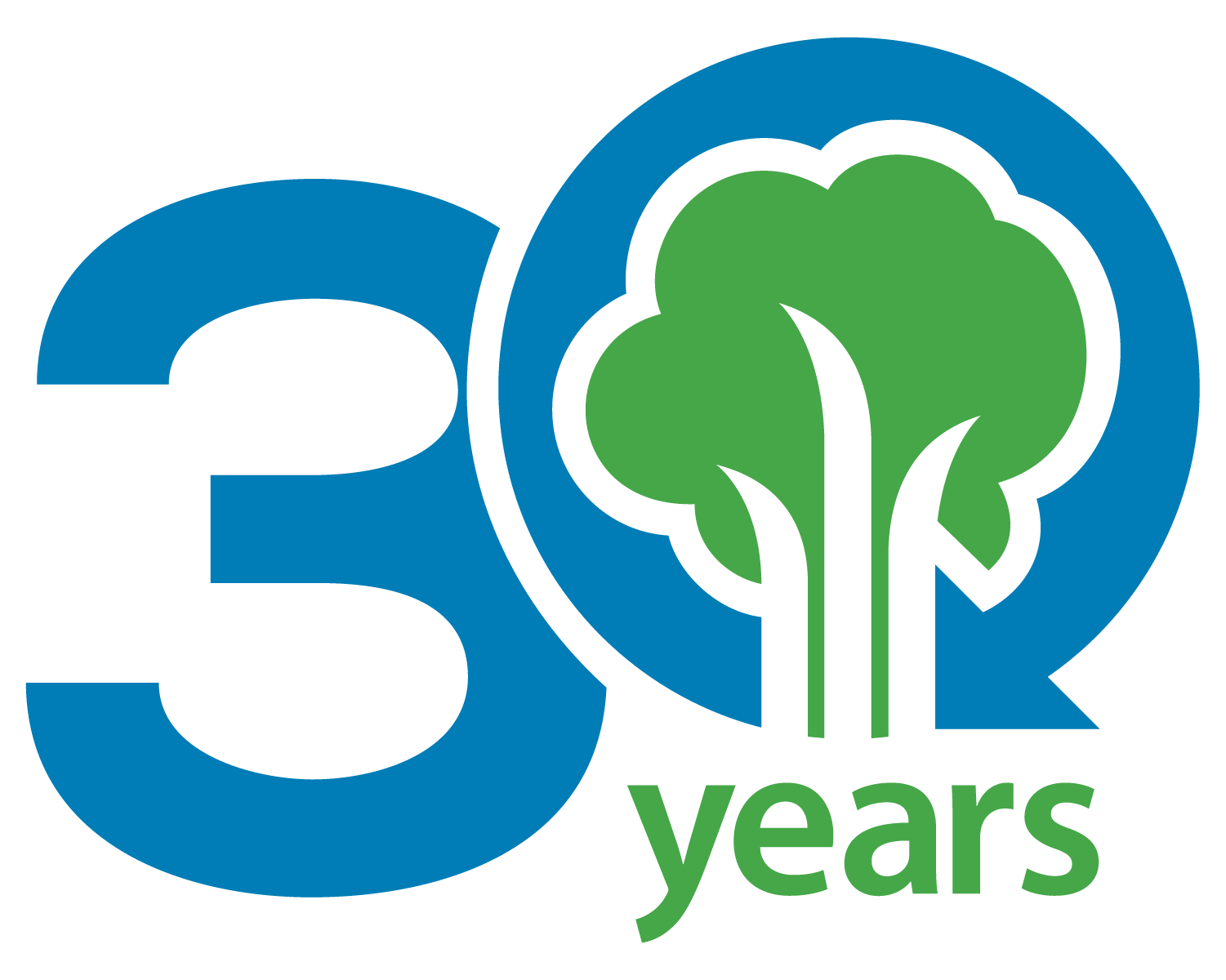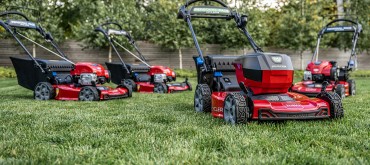As we make our way further into this year’s Fall season, our field team has reported instances of quite a few dry lawns in the area. We wanted to take some time today to highlight the importance of watering (even in this cooler weather) to ensure your lawn is prepared best for its dormancy after the fact.
There are three pivotal elements, that we often refer to as “the 3 macros”, that contribute to overall lawn health: a consistent fertilizing regimen, regular mowing at a height of no less than 3 inches, and the often underestimated practice of deep, infrequent watering. Of these factors, your watering schedule is the most adaptable, responding to shifts in temperature and humidity, making it crucial for maintaining your lawn’s vitality. Minor adjustments in your watering routine, both in volume and frequency, can yield significant results in your lawn’s overall health and its ability to withstand adversity. As we re-enter the cooler months of the year, the volume of water you provide needs to remain deep (roughly 1-1.5 inches), and the frequency reduced to once a week (but not zero!). Continue reading for some more in-depth instructions on ensuring this correct depth is being provided whether that be manually or via an automatic irrigation system.
If you don’t have an automatic irrigation system, some key insights to consider include:
1. Hose Selection: Start by using a hose that’s ideally ¾ of an inch in diameter. If you’re dealing with low water pressure or need to reach distant parts of your lawn, consider using a larger-diameter hose for more efficient watering.
2. The Right Sprinkler: For your weekly watering sessions, especially if you don’t have an automatic irrigation system, opt for an impact sprinkler. These trusty sprinklers rotate in a circular pattern, creating that familiar “tik-tik-tik” sound as they distribute water evenly across your lawn. This minimizes the risk of unsightly brown patches caused by uneven irrigation.
Unsure how to quantify the amount of water you are providing? Here’s a valuable tip we often recommend: place a tuna can on your lawn while watering. When the can is filled to the brim, approximately 1 inch deep, you’ll know you’ve provided enough hydration.
For those of you with an irrigation system in place, optimizing your lawn’s watering regimen can be done via your controller. Ensure at least one day a week is selected for your lawn programs, and that the duration of watering is 60-90 minutes for rotor zones or 15-20 minutes for spray zones. Areas on the property with larger trees are important to water for even longer to assist the roots in receiving what they need to grow important reserves required for over the winter months.
Keep an eye out for next week’s e-blast, where we will delve into the importance of winterizing your irrigation system. Should you have any questions regarding your watering schedule or need guidance on adapting it throughout the year, please don’t hesitate to reach out to our office. We’re here to help you nurture a vibrant, healthy lawn.





